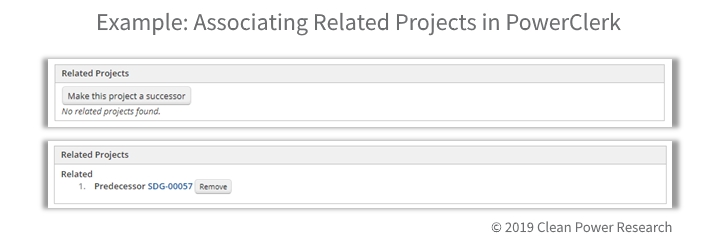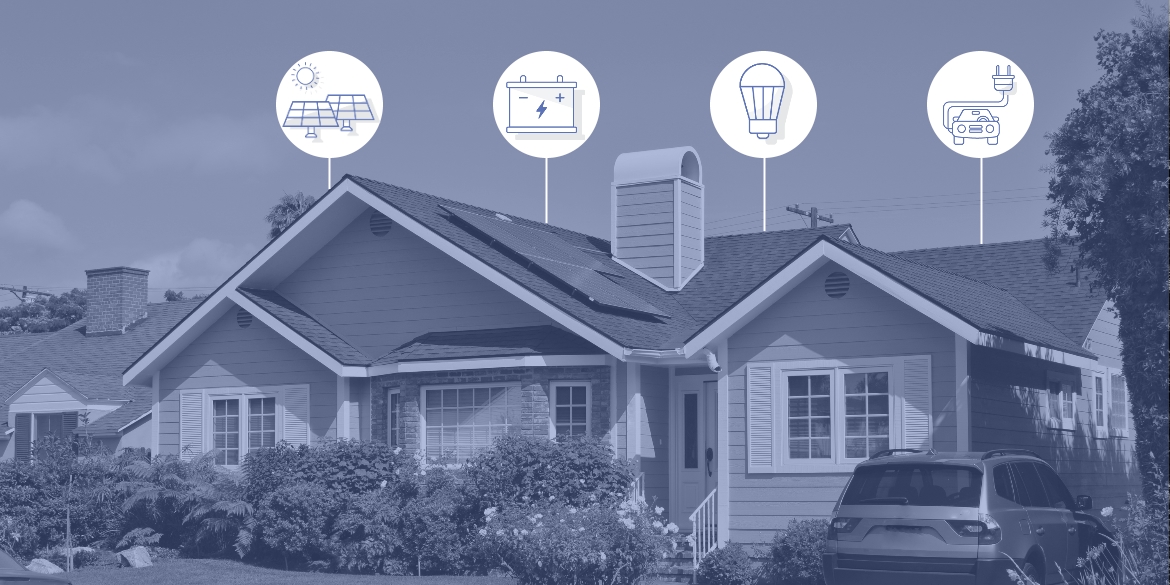In spite of the industry definition of distributed energy resources (DERs) continuing to evolve, consumers are increasingly adopting DERs—often more than one. This means that for utilities, DER program management such as interconnection doesn’t end at “permission to operate” (PTO ). Rather, additional workflows need to capture things like changes of ownership; the addition of new DERs such as solar, electric vehicle (EV) charger(s) or battery storage; or even choosing a new rate.
Increasingly the adoption of multiple DERs is being driven at the regulatory level with states like New York setting aggressive energy storage targets. As a result, utility program managers are seeking advice on the best practices for managing other DERs like battery storage. In fact, four out of every five PowerClerk® programs added in the last four years now include storage.
The most common challenge we hear is: “How do we manage battery storage applications that are add-ons to existing, operational PV systems?”
Why track DER adoption?
This question comes as no surprise. Distributed Energy Resource (DER) managers commonly face the challenge of maintaining up-to-date, real-time records that include accurate specifications for all the DER systems interconnected to the grid. Any modifications to existing systems must be captured. In the case of solar PV, in addition to add-on battery storage, system modifications can include inverter replacements and the addition of more PV panels.
These scenarios share a common characteristic: an initial project of record needs to be updated. Other scenarios require that one application’s record be linked or “related” to another. For example, programs traditionally managed by independent groups within the utility may need to share information.
As the methods utilities rely on to manage and forecast loads evolve, communicating knowledge about which premises have DERs is becoming more critical. The ability to connect all DER records equips distribution planning engineers with a holistic picture of all the systems impacting the grid.
A practical solution for managing multiple DER programs
A utility’s DER system of record should include the ability to connect multiple records related to a single premise, account or tranche of projects. A new PowerClerk feature—PowerClerk Channels—has been designed to address this need.
PowerClerk’s Channels allows projects to be associated in a variety of ways (e.g., successor and related project relationships). These associations can span projects within the utility’s same program or between:
-
- Different programs for managing separate workflows (for instance a separate utility group may manage battery interconnections)
- Multiple utilities
- An energy agency and utility (e.g., an agency managing DER incentives that wants to pass project information to the distribution utility for interconnection)
The beauty of these associations is that relevant data captured within one project can be accessed and exchanged with a linked project (or projects). This is all accomplished in a secure, pre-defined manner with the click of a button.

All this can be done without involving IT resources (no more complicated queries and long IT queues)—PowerClerk puts control in the hands of the program managers.
Adapting to a world of DERs
PowerClerk’s flexible, scalable platform easily accommodates the addition of new workflows required by the evolving landscape of interconnected DER technologies. A one-click solution enables data for any interconnected system at a premise (e.g., existing PV, add-on battery storage, etc.) to be exchanged among different records or application types.
To learn more about how PowerClerk can help your utility with DER program management and workflow automation, contact us today.
